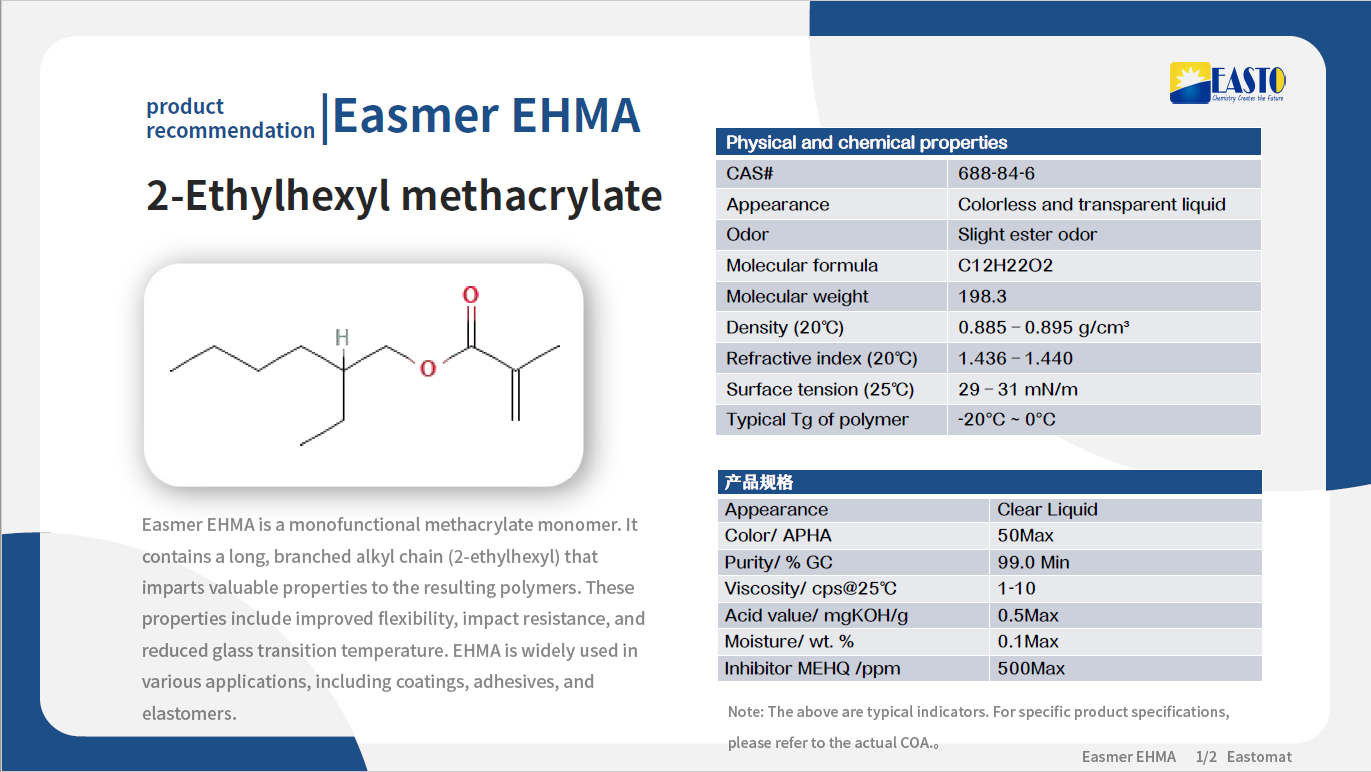Why I Consider PETA to Be One of the Most Important Monomers in the UV/EB Curing Industry
Release time:
2025-07-10
Having spent decades navigating the intricate world of UV/EB curing, I’ve witnessed the rise and fall of countless materials, observed trends ebb and flow, and been part of the continuous evolution of this dynamic industry. Through it all, one particular monomer has consistently stood out as a foundational pillar, a true workhorse, and, in my view, one of the most important components we work with: PETA. And no, I'm not referring to the animal rights organization, but rather pentaerythritol tri/tetra acrylate (CAS Nos: 3524-68-3 and 4986-89-4).
From my earliest days in the lab, PETA has been a constant. It’s a mixture, primarily, of pentaerythritol triacrylate and pentaerythritol tetraacrylate. This inherent versatility, stemming from its molecular architecture, is what truly sets it apart. The core pentaerythritol unit provides a highly branched, polyfunctional backbone. Attached to this are the acrylate groups, typically three or four, which are the reactive sites for UV or EB radiation. This combination of a rigid, multi-functional core and highly reactive acrylate functionalities is what underpins PETA’s exceptional performance.
What does this structure translate to in terms of product features? PETA is renowned for its ability to impart a high degree of crosslinking. This high crosslink density, a direct consequence of its polyfunctionality, leads to cured films with exceptional hardness, scratch resistance, and chemical resistance. Consider its typical glass transition temperature (Tg) values, often in the range of 60-90°C for the cured polymer, which directly contributes to the robust mechanical properties observed. For applications demanding durability, PETA is frequently the go-to choice. Its relatively low viscosity, compared to many oligomers, also makes it easy to handle and formulate.
The wide range of applications for PETA is truly remarkable. You’ll find it in high-performance coatings for wood, plastics, and metals, where its scratch and abrasion resistance are paramount. It's a staple in ink formulations, particularly for graphic arts and packaging, contributing to fast cure speeds and excellent adhesion. Adhesives also benefit from PETA’s crosslinking capabilities, leading to strong, durable bonds. Even in niche applications like stereolithography resins, its ability to form a rigid network quickly is leveraged. According to industry reports, the demand for polyfunctional acrylates, including PETA, continues to grow across these sectors due to the ongoing shift towards more sustainable and efficient UV/EB curing technologies.
However, where PETA truly shines, in my professional opinion, is its crucial role in the synthesis of oligomers. While PETA itself is a monomer, it acts as an indispensable building block for a vast array of tailored oligomeric structures. For instance, in the creation of urethane acrylates, PETA’s multiple acrylate groups allow for the precise control of functionality and crosslinking density in the final oligomer. Similarly, in the synthesis of epoxy acrylates or polyester acrylates, PETA is often incorporated to introduce additional reactive sites, thereby enhancing the cure speed, hardness, and chemical resistance of the resulting oligomer.
This isn't merely about adding another acrylate group; it's about fine-tuning the molecular architecture of the oligomer to achieve specific performance profiles. By integrating PETA, formulators can design oligomers that exhibit faster cure rates, higher network densities, and improved resistance to various environmental factors. Without PETA, the landscape of available oligomers would be significantly more limited, forcing compromises in performance that our industry is now largely accustomed to avoiding.
In essence, PETA isn't just another monomer in the UV/EB curing toolkit; it's a fundamental component that empowers us to innovate and push the boundaries of material science. Its structural characteristics translate into tangible benefits in end-use products, and its pivotal role in oligomer synthesis ensures its continued relevance for the foreseeable future. From where I stand, PETA remains an undisputed cornerstone of this industry.
PETA
Previous Page
Latest News
Get a Free Consultancy
NANTONG EASTO MATERIALS TECHNOLOGY CO.,LTD.

No.118,Zhujiang Rd.,Juegang St.,Rudong County,
Nantong City,Jiangsu Province,226400,China




 2025-07-10
2025-07-10







